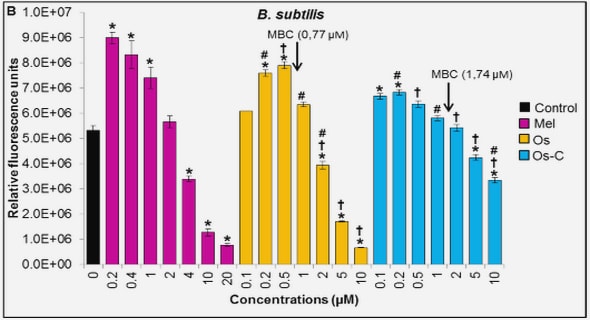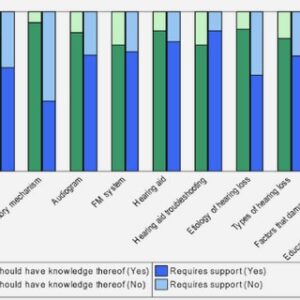(Downloads - 0)
For more info about our services contact : help@bestpfe.com
Table of contents
Introduction
General objectives
Layout of the manuscript
Chapter I: Context of high temperature Solid Oxide Cells
I.1 SOC operating principle
I.2 SOC materials and manufacturing
I.2.1 Electrolyte
I.2.2 Hydrogen electrode
I.2.3 Oxygen electrode
I.3 Physical phenomena in SOCs
I.3.1 Open circuit voltage (OCV)
I.3.2 Ohmic overpotential
I.3.3 Concentration overpotential
I.3.4 Activation overpotential
I.4 SOC durability and degradation mechanisms
I.4.1 SOC durability
I.4.1 Degradation mechanisms
I.5 Importance of microstructure
I.6 State-of-the-art review of the investigated fields
I.6.1 Overview on microstructure stochastic geometrical models
I.6.2 State of the art of microstructural correlations
I.6.3 Overview on LSCF-CGO reaction mechanisms
I.6.4 State of the art of LSCF-CGO microstructural optimization
I.7 Conclusion and methodology
Chapter II: 3D reconstruction and characterization of SOC electrodes microstructures
II.1 Presentation of the investigated cells
II.1.1 Cell-A: commercial complete cell in LSCF and Ni-YSZ
II.1.2 Cell-B: commercial complete cell in LSC and Ni-YSZ
II.1.3 Cell-C: in-house symmetrical cell in LSCF-CGO
II.2 Three-dimensional reconstruction of SOC electrodes
II.2.1 3D reconstruction via FIB-SEM tomography
II.2.2 3D reconstruction via synchrotron X-ray holotomography
II.3 Raw image processing and segmentation
II.4 Macropores separation from the micropores network in the diffusion layer
II.5 Microstructural quantitative characterization: properties measurement
II.5.1 Morphological parameters
II.5.2 Physical parameters
II.6 Representative Volume Element (RVE)
II.7 Results and discussion
II.7.1 Results for Cell-A
II.7.2 Results for Cell-B
II.7.3 Results for Cell-C
II.8 Conclusion
Chapter III: Stochastic geometrical models and validation
III.1 Random Field model description and validation
III.1.1 Random Field model description for SOC electrodes
III.1.2 Validation of the random field model on 3D reconstructions
III.1.3 Discussion: model flexibility to various electrode microstructures
III.1.4 Conclusion
III.2 Particle-based model description and validation
III.2.1 Particle-based model description for SOC electrodes
III.2.2 Validation of the sphere-packing model on 3D reconstructions
III.2.3 Model flexibility: illustration for a diffusion layer with a bimodal pore distribution
III.2.4 Conclusion
III.3 Concluding remarks: models comparison
Chapter IV: Microstructural correlations
IV.1 Introduction
IV.2 Theoretical development and methodology
IV.2.1 Theoretical development: analytical expression for Si/j and Si
IV.2.3 Methodology for calibrating and validating the microstructural correlations
IV.3. Calibration of the microstructural correlations
IV.3.1 Correlations for the electronic/pores and ionic/pores interfacial specific surface area
IV.3.2 Correlation for the electronic/ionic interfacial specific surface area
IV.3.3 Correlation for the density of TPBl
IV.4. Discussion and validation
IV.4.1 Model prediction with respect to the RF and SP microstructures
IV.4.2 Model validation on diverse electrodes reconstructions
IV.4.3 Model validation on the loss of TPBl after Ni agglomeration
IV.5 Conclusion
Chapter V: Impact of microstructure on the LSCF-CGO composite electrode performance
V.1 Experimental conditions, modeling and methodology
V.1.1 Testing conditions
V.1.2 Electrochemical model description
V.2. Experimental results and models validation
V.2.1 Electrochemical measurements
V.2.2 Calibration and validation of the electrochemical model
V.3. Role of the LSCF-CGO microstructure on the reaction mechanism
V.3.1 Reaction mechanism at 700°C and impact on the electrode performances
V.3.2 Role of microstructure on the electrode response: effect of composition, porosity
and particle size
V.4 Conclusion
Conclusions & Perspectives
Appendix
A.1 Expression of the correlation rX(h) as a function of the weight function ω(h)
A.2 Relation between CX(h), rX(h), and lX
A.3 Correlations for the specific surface area between the electronic and pore phases
A.4 Correlations for the Triple Phase Boundary lengths TPBls density
References


